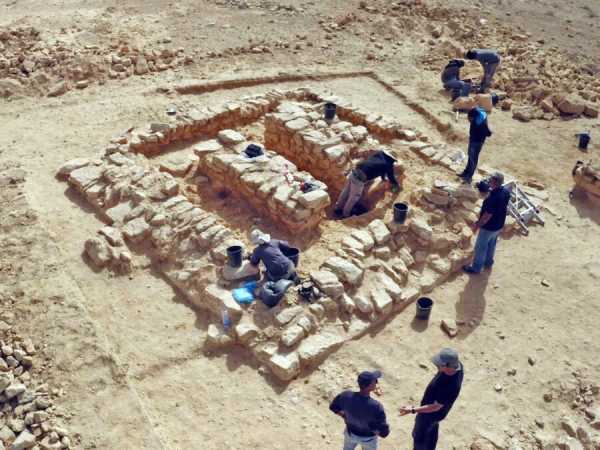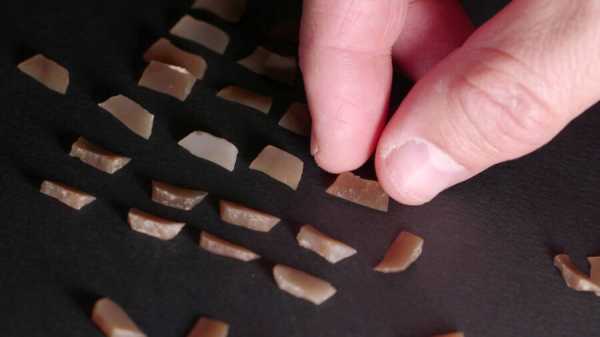Researchers uncovered artifacts like jewelry, alabaster vessels, stone beads, and an amulet of the Egyptian deity Bes that suggest ancient human trafficking victims may have been laid to rest at the site.

Israel Antiquities AuthorityEgyptian scarabs unearthed at the burial site.
According to a statement from the Israel Antiquities Authority, an excavation in the Negev Highlands near Tlalim Junction revealed dozens of graves within two tombs that were likely used by ancient trade caravans. The tombs date to between the seventh and fifth centuries B.C.E., and they are located at a crossroads of heavily traveled trade routes.
Artifacts found within the graves, such as flint arrowheads, suggest that merchants from Egypt, Phoenicia, and even Yemen were traveling through the area.

Dr. Martin David Pasternak at the excavation site.
However, one particular artifact — an amulet depicting the Egyptian deity Bes — led researchers to question whether goods were the only things transported by these caravans.
Evidence Of Ancient Human Trafficking In Israel
The Egyptian god Bes was known as a protector of women and children, and the presence of an amulet depicting the deity at the site indicates that women were buried there.

Israel Antiquities AuthorityArchaeologists from the Israel Antiquities Authority excavating the ancient burial site.
“The tombs are not found near any sites, settlements or fortresses that could explain their presence so that they are thought to be a mystery,” stated the researchers. “However, it should be noted that they are situated at a central junction of roads leading through the Negev Highlands to the Arava. It appears that the remains are related to the traders from southern Arabia who were known for their long-distance journeys and who traded, among other things, incense such as frankincense and myrrh. Naturally, these journeys would have taken months under difficult circumstances such as climate, the danger of raiders and other challenges.”
Regardless of how the site came to be, archaeologists have emphasized how unique it is, and they hope that future research will shed even more light on the mysteries they’ve uncovered.
After reading about the mysterious burials discovered along an ancient trade route in Israel, discover whether or not enslaved workers actually built the Egyptian pyramids. Then, go inside the history of the Underground Railroad.
Sourse: www.allthatsinteresting.com





